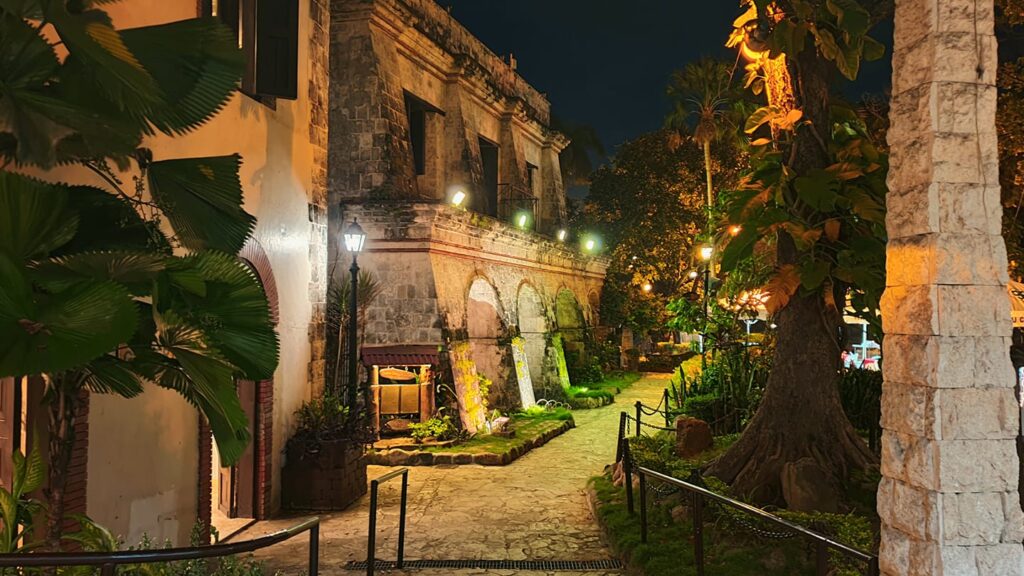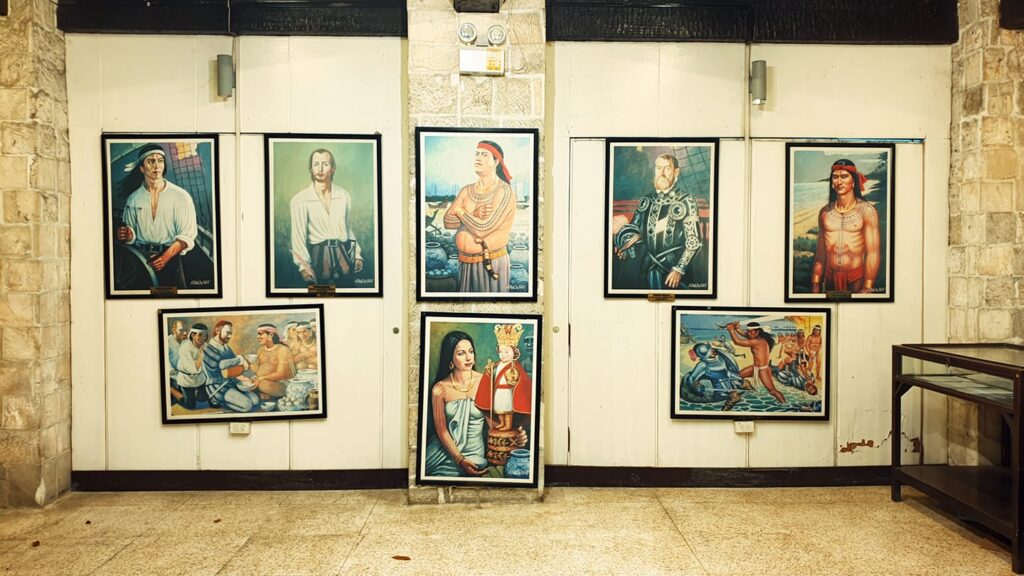Fort San Pedro, in Cebu City, Philippines, is a relic of the region’s rich colonial history.
Established by the Spanish under the command of Miguel López de Legazpi, the first governor of the Captaincy General of the Philippines, this military defense structure symbolizes the beginning of Spanish colonization in the archipelago.

The Evolution of a Fortification
Originally constructed following Legazpi’s arrival, the initial structure was a simple wooden fort designed to protect against Muslim raiders.
However, the early 17th century saw the transformation of this basic defense into a formidable stone fortification.
This triangular bastion fort, completed in 1738, is not only the oldest of its kind in the Philippines but also served as the core of the first Spanish settlement in the country.
Architectural Marvel
Spanning an area of 2,025 square meters, Fort San Pedro’s design is a blend of functionality and strategic defense.
With walls towering 20 feet high and 8 feet thick, and towers rising 30 feet from the ground, its structure provided a robust defense against potential threats.
The fort’s triangular shape, with two sides facing the sea and one fronting the land, was equipped with artillery and a strong palisade made of wood. Its three bastions, named La Concepción, Ignacio de Loyola, and San Miguel, add to its historical significance.
Remarkably, fourteen cannons were installed in the fort, most of which remain to this day.
The Fort’s Role Through Centuries
In the late 19th century, the fort played a pivotal role during the Philippine Revolution, serving as a stronghold for Filipino revolutionaries.
Post this period, the American victory at the Battle of Manila Bay marked the end of Spanish rule, and the fort was handed over to Cebuano revolutionaries.
It then served various purposes under the American regime, including functioning as a part of the Warwick barracks, a school, and an emergency hospital during World War II.
The Japanese occupation also saw the fort being used as a refuge.

Post-War Era and Restoration
Post World War II, Fort San Pedro was utilized as an army camp, and later, the Cebu Garden Club converted its interior into a garden.
Despite facing the threat of demolition in 1957, the fort was preserved due to public opposition.
Subsequently, it housed a zoo and various offices until its restoration began in the late 1960s. This restoration, led by architect Leonardo Concepción, aimed to revive the fort to its original state using coral stones from Cebu’s coastal towns.
Today, the restored structure houses a museum, an open-air theater, and serves as a park.
Present-Day Fort San Pedro
Today, Fort San Pedro is managed by the Cebu City government as a historical park, with ongoing efforts to preserve its heritage for future generations.
The fort not only stands as a historical monument but also as a reminder of the city’s colonial past and its journey through various epochs of history.
Fort San Pedro encapsulates the city’s colonial past and its evolution through the ages. From a simple wooden defense to a stone bastion, and from a revolutionary stronghold to a cultural heritage site, Fort San Pedro continues to be a significant symbol of Cebu’s rich history.












More Stories
Sinulog 2024: A Guide to Budget-Friendly Accommodations
A Festive Fusion of Celebration and Responsibility: The PRA Cebu and Honda Cebu Christmas Event
Talisay Chamber of Commerce Ushers New Era with New Trustees